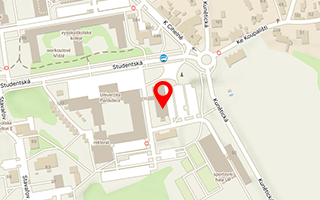Publikace detail
Sídla Jana Jiřího Jáchyma hraběte Slavaty z Chlumu a Košumberka (1634/37-1689) v proměně.
Autoři:
Kubeš Jiří
Rok: 2003
Druh publikace: článek v odborném periodiku
Název zdroje: Scientific Papers of the University of Pardubice, Series C, Faculty of Humanities
Název nakladatele: Univerzita Pardubice
Místo vydání: Pardubice
Strana od-do: 55-87
